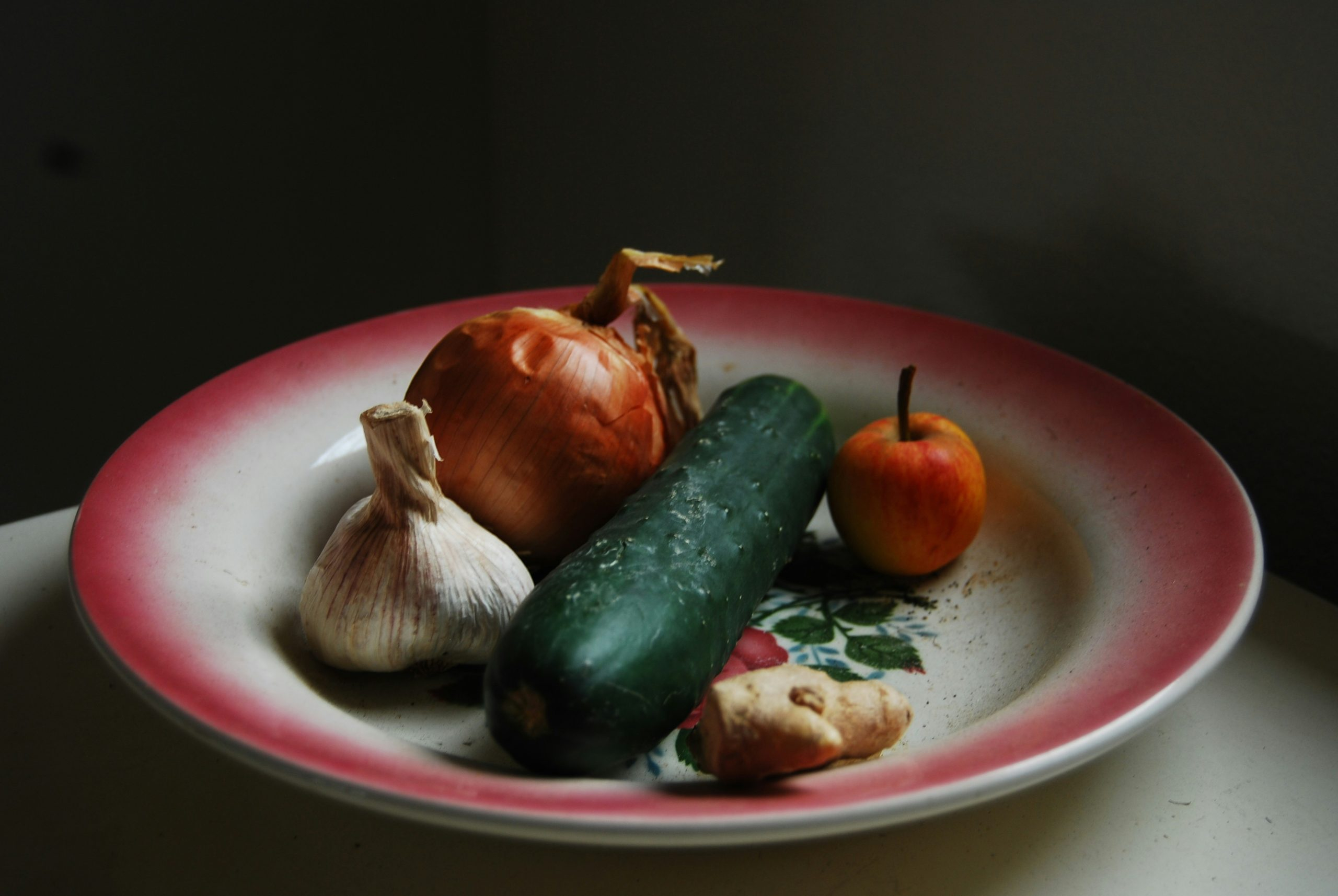Whole-Animal Cooking: Nose-to-Tail Recipes
When it comes to cooking, the focus is often on using the best and most flavorful cuts of meat. However, there is an emerging movement in the culinary world that is centered around the concept of whole-animal cooking. This practice involves using the entire animal, from nose to tail, in order to minimize food waste and celebrate the diverse flavors and textures that can be found in different parts of an animal. In this article, we will explore the growing trend of whole-animal cooking and share some delicious nose-to-tail recipes that are sure to impress your taste buds.
The Rise of Whole-Animal Cooking
In recent years, there has been a growing concern over food waste and its impact on the environment. According to the Food and Agriculture Organization of the United Nations, around one-third of all food produced in the world goes to waste. In response to this alarming statistic, chefs and home cooks alike have turned to whole-animal cooking as a way to use more of the animal and reduce food waste.
Whole-animal cooking is not a new concept. In fact, it has been a traditional practice in many cultures for centuries. For example, in Southern cuisine, “nose-to-tail” or “farm-to-table” cooking has long been a way of life. However, it has gained more widespread attention in recent years due to its sustainability and taste benefits.
The Benefits of Whole-Animal Cooking
1. Reduce Food Waste
The most obvious benefit of whole-animal cooking is its ability to reduce food waste. When we only use select cuts of meat, we are throwing away a large portion of the animal. By using the entire animal, we can significantly reduce the amount of food that goes to waste.
2. Cost-Effective
Using the whole animal is also a budget-friendly option. Choosing to cook with lesser-known cuts of meat or incorporating offal (organ meats) into dishes can be much more affordable than buying premium cuts. Plus, with the growing popularity of whole-animal cooking, more butchers and grocery stores are offering these cuts, making them more accessible to home cooks.
3. Flavorful and Nutritious
Each part of an animal offers a unique flavor and nutritional profile. Using the entire animal in a dish can result in a rich and complex flavor that cannot be achieved by using only select cuts. It also ensures that you are getting a variety of nutrients from different parts of the animal.
Nose-to-Tail Recipes to Try
1. Roasted Bone Marrow
Roasted bone marrow is a popular dish among whole-animal cooking enthusiasts. This simple yet decadent dish involves roasting marrow bones in the oven and scooping out the rich, buttery marrow to spread on toast. The key is to use high-quality, grass-fed beef bones for the best flavor. Serve with a sprinkle of sea salt and fresh herbs for a delicious appetizer.
2. Lamb Neck Stew
Lamb neck may not be the first cut of meat that comes to mind when planning a meal, but it is incredibly flavorful and perfect for slow cooking. This stew recipe combines lamb neck with hearty vegetables and aromatic spices to create a comforting and delicious dish that will warm you up from the inside out.
3. Crispy Fried Pork Ribs
Instead of opting for the popular pork chops, try using pork ribs for a crispy and flavorful alternative. Slow cook the ribs until they are tender, then coat them in a savory spice mix before frying them to perfection. Serve with your favorite dipping sauce for a unique and unforgettable dish.
The Bottom Line
Whole-animal cooking may not be for everyone, but it is a trend that is here to stay. By using the entire animal, we can minimize food waste, save money, and create flavorful and nutritious dishes. So the next time you’re planning a meal, consider incorporating nose-to-tail cooking into your menu and embrace this sustainable and delicious practice.










